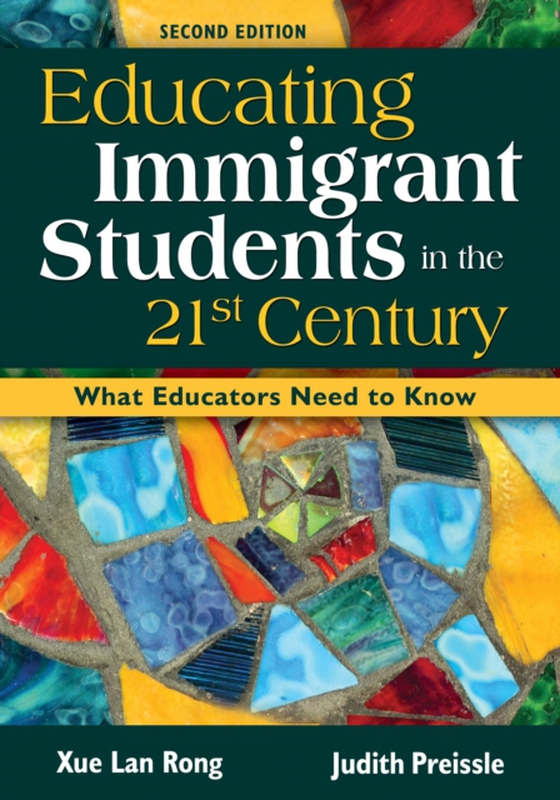
Educating Immigrant Students in the 21st Century e-bog
341,55 DKK
(ekskl. moms 273,24 DKK)
"e;A comprehensive and important examination of the education of immigrant students in the U.S. Rong and Preissle's focus on cultural and linguistic transformation across four generations is truly unique."e;-Stacey J. Lee, Professor of Educational Policy StudiesUniversity of Wisconsin-Madison"e;Rong and Preissle's first edition has become a standard reference for the education of im...
E-bog
341,55 DKK
Forlag
Corwin
Udgivet
26 september 2008
Længde
344 sider
Genrer
JNSV
Sprog
English
Format
epub
Beskyttelse
LCP
ISBN
9781452294056
"e;A comprehensive and important examination of the education of immigrant students in the U.S. Rong and Preissle's focus on cultural and linguistic transformation across four generations is truly unique."e;-Stacey J. Lee, Professor of Educational Policy StudiesUniversity of Wisconsin-Madison"e;Rong and Preissle's first edition has become a standard reference for the education of immigrant students. The evolution and expansion of their research to encompass transnational and transcultural theoretical frameworks is cutting edge and absolutely timely given the changing, almost discursive nature of immigration within an increasingly complicated and shifting world context."e;-A. Lin Goodwin, Associate Dean and Professor of EducationTeachers College, Columbia UniversityClear guidelines for making informed instructional decisions for immigrant students. Between 1990 and 2005, the number of immigrants and their children in the United States reached more than 70 million, or more than 20% of the nation's population. Today, educators face significant shifts in the educational landscape. This revised sourcebook supplies educational policy makers and administrators with the information they need to address new challenges in providing children of diverse backgrounds with a quality education.This new edition of Educating Immigrant Children gives educators contemporary perspectives on immigration by clarifying the current demographic data and its significance for schools. The authors present updated information on the unique needs of immigrant students, including children from the Middle East and students of white non-Hispanic backgrounds, and help educators explore evidence-based practices and policies for adapting and improving the learning environment. The second edition examines:Factors that influence linguistic transition and educational achievementStrategies for working with immigrant familiesEquitable assessment approaches and accountability measuresData-based management methods for informed decision makingWide-ranging and illuminating, this book should be on the shelf of every educator and anyone who plays an active role in the education of immigrant children.
 Dansk
Dansk

